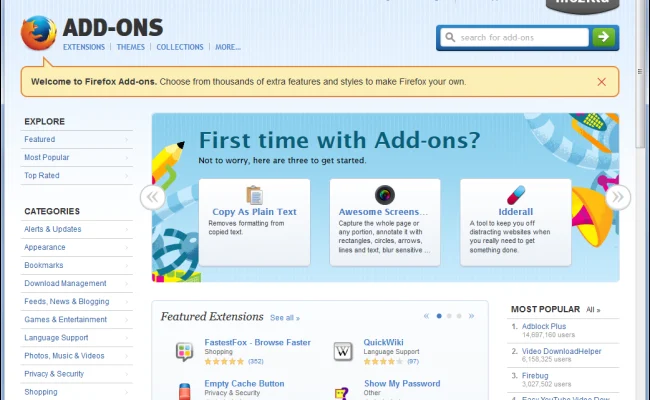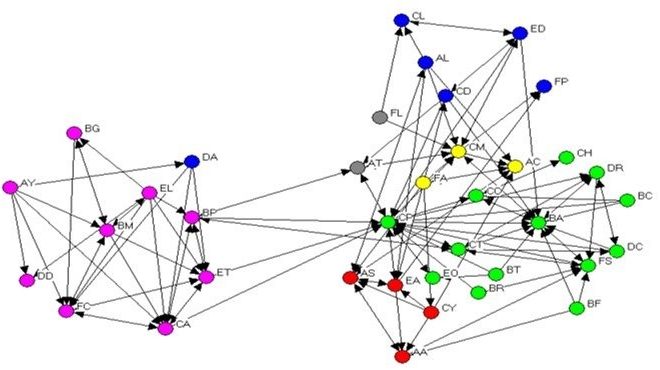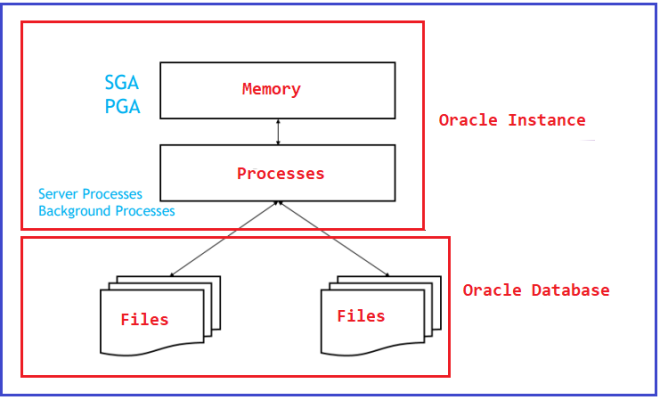What Is an XLR File?

An XLR file is a type of vector graphics file format that stands for Extensible Language Runtime. It is an open standard file format that is supported by Microsoft’s .NET framework. Vector graphics are graphic images that are based on shapes, lines, and curves instead of pixels, which are used in raster graphics like JPEG or PNG files.
An XLR file is used to store vector graphics, which means that the images created using this file format can be resized or scaled without losing quality. This makes it a popular choice for designers who need high-resolution images for their work.
One of the unique features of XLR files is that they can store meta-information about the vector graphics that they contain. This information may include things like layer names, object names, and other data related to the creation of the image.
XLR files can be created using various software programs, including Microsoft Excel, Adobe Illustrator, and CorelDRAW. They typically have a .xlr file extension.
One of the benefits of using XLR files is that they are compatible with a wide range of software applications. They can be imported into many programs, making it easy to work with them in different environments. They can also be exported to other file formats if needed.
Another benefit is that they are a relatively lightweight file format compared to other vector graphics formats like EPS or SVG. This means that XLR files can be easily shared or uploaded to websites without taking up too much space.
In conclusion, an XLR file is a type of vector graphics file format that is used to store high-quality images that can be scaled without losing resolution. It is an open standard that is compatible with many software applications and is easy to work with. If you are a designer or work with vector graphics, you may want to consider using XLR files in your work.






